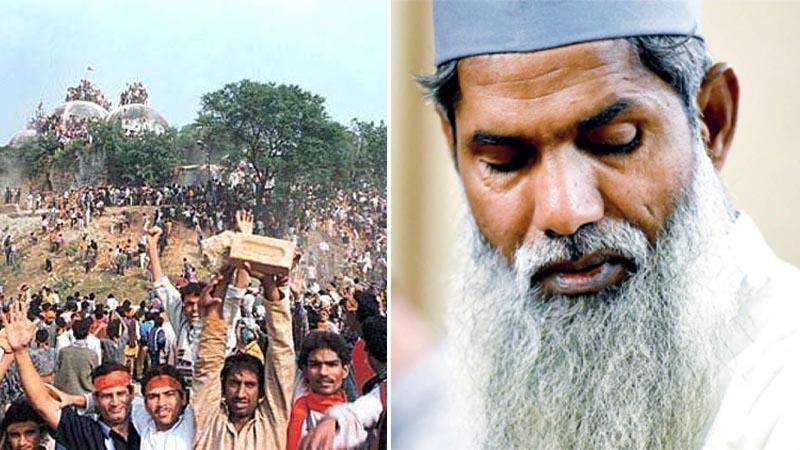The Babri Masjid, a 16th-century mosque located in Ayodhya, Uttar Pradesh, has been a focal point of historical, cultural, and political discussions in India. Known for its architectural significance and its central role in one of India's most debated disputes, the Babri Masjid has left an indelible mark on the nation's collective memory.
The History of the Babri Masjid
Constructed in 1528-29 by Mir Baqi, a general of Mughal Emperor Babur, the Babri Masjid was an exquisite representation of Indo-Islamic architecture. With three domes, it stood as a testament to the craftsmanship of its era. The mosque was built in Ayodhya, a town revered by Hindus as the birthplace of Lord Ram. This overlapping significance set the stage for future contention.
The Dispute Over the Site
The roots of the Babri Masjid-Ram Janmabhoomi dispute can be traced back to the colonial period when conflicting claims over the site began to emerge. Hindus believe the mosque was constructed over a temple marking Lord Ram's birthplace, while others see it as a symbol of Mughal heritage.
The dispute intensified in 1949 when idols of Lord Ram were placed inside the mosque, leading to legal battles and communal tensions. In 1992, on December 6, the Babri Masjid was controversially demolished by Hindu hardliners, sparking nationwide riots and leaving a lasting impact on India's sociopolitical landscape.
The Landmark Verdict
After decades of legal and political wrangling, the Supreme Court of India delivered its verdict on November 9, 2019. The court ruled in favor of constructing a Ram temple at the disputed site and allocated an alternative location for a mosque in Ayodhya. This judgment aimed to resolve one of the most contentious issues in modern India while acknowledging the sentiments of both communities.
Cultural and Historical Significance
The Babri Masjid is more than just a structure; it symbolizes the intertwining of history, religion, and politics in India. Its story highlights the complexities of India's pluralistic society and the challenges of maintaining harmony amidst diversity. The site continues to attract scholars, historians, and tourists interested in understanding its multifaceted legacy.
Lessons for the Future
The Babri Masjid dispute serves as a reminder of the importance of dialogue and understanding in resolving conflicts. As India moves forward, it is crucial to learn from the past and focus on building bridges between communities rather than deepening divides.
6 December
“6th December will forever remain a Black Day for Indian democracy. The desecration and demolition of #BabriMasjid is a symbol of injustice,” India’s leading Muslim politician and President of the All India Majlis-e-Ittehadul Muslimeen, Asaduddin Owaisi, wrote on Twitter. “Those responsible for its destruction were never convicted. We will not forget it & we will ensure that future generations remember it too.”
Conclusion
The Babri Masjid remains a powerful symbol in India's historical and cultural narrative. Its story, though marked by conflict, also underscores the resilience of a nation striving for unity amidst diversity. As new chapters unfold with the construction of the Ram temple and a new mosque, the legacy of the Babri Masjid continues to shape the discourse on heritage, identity, and coexistence.
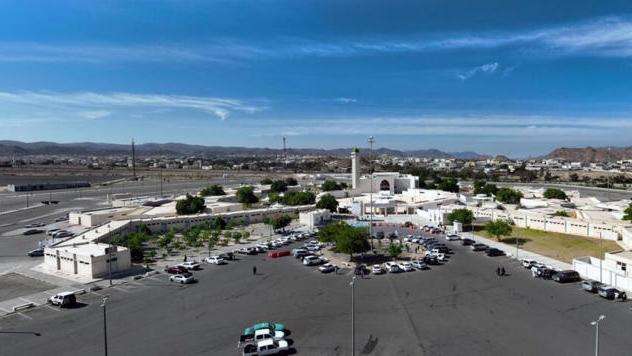
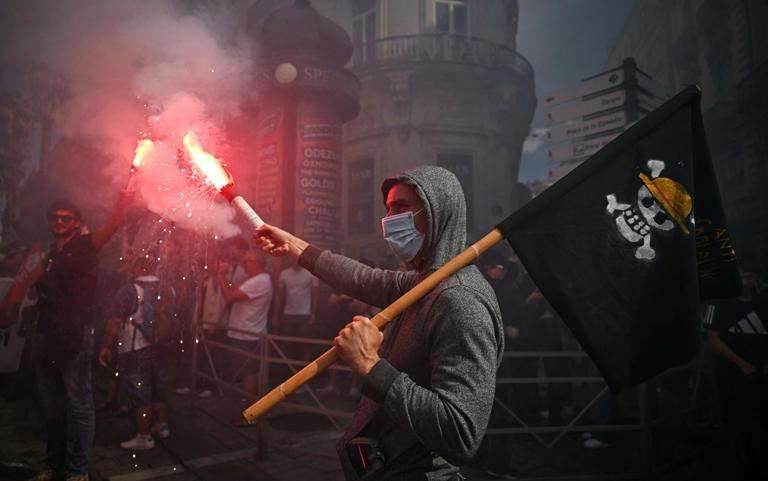
_7.jpg)

_8.jpg)

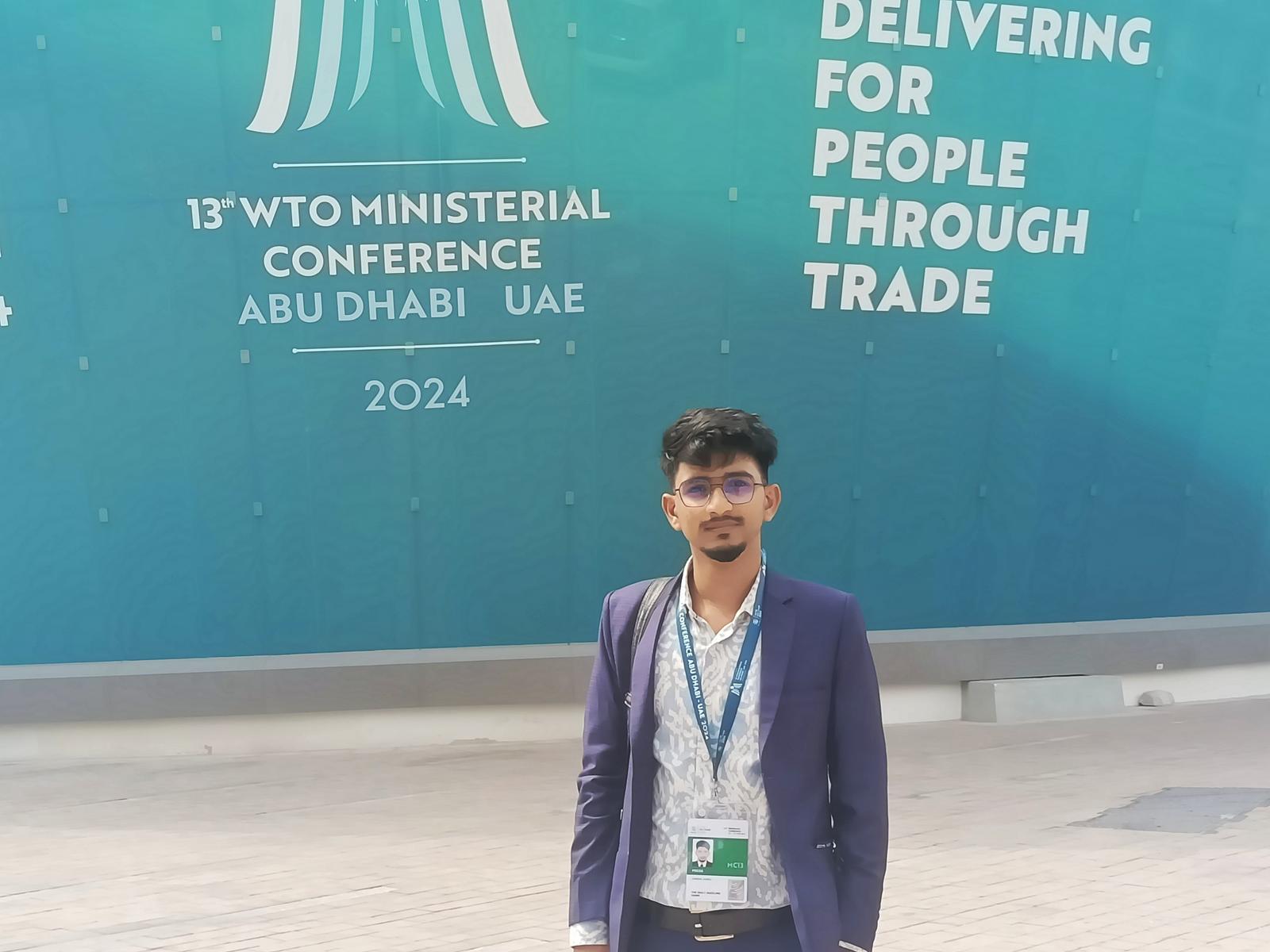
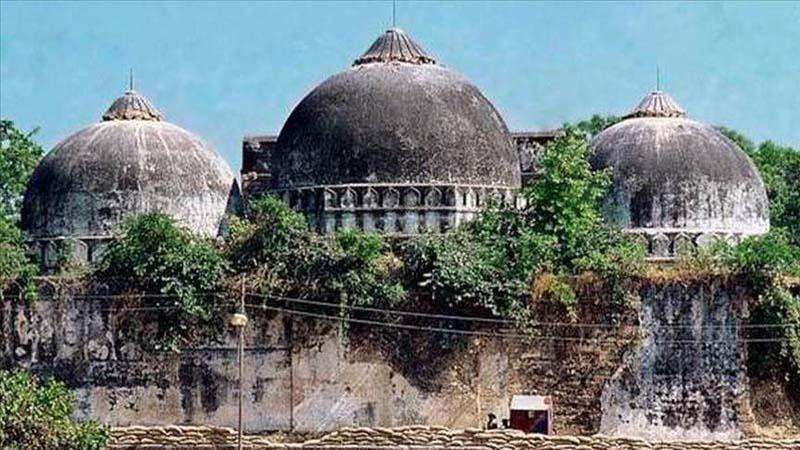
.svg)

